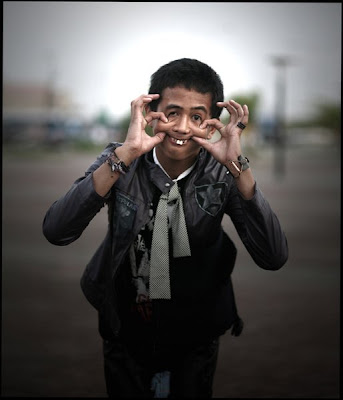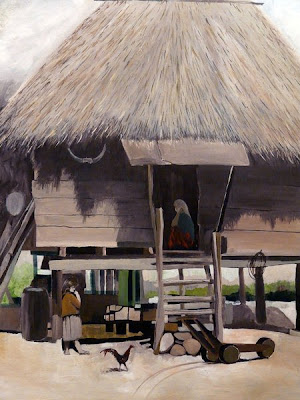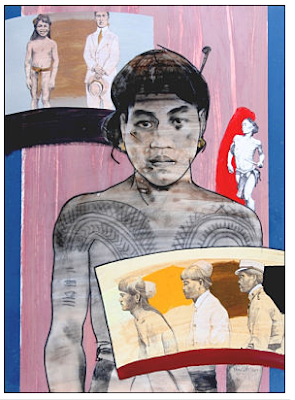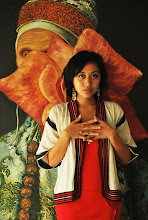Cinemalaya is a yearly film festival that serves to encourage amateur Filipino filmmakers to make movies. It is a great initiative but there is a lack of information on the movies themselves. Even when they hit mainstream theatres, people know nothing about them.
Clickthecity’s resident film critic
Philbert Ortiz says it best on his Live Journal, “Cinemalaya appears to be more interested in promoting the festival itself rather than the output. It feels like money could be better spent setting up early screenings for the press and bloggers, who can generate buzz for the festival before it even starts, or producing a reel of trailers to be shown in one of the Metro’s many cinemas. Because at this point everybody knows what Cinemalaya is. But ask the average person to name ten films produced by Cinemalaya, and they struggle to find the titles.”
So, I’ll do my part and write about what I managed to watch during my one day marathon.
(A dizzying feat to be attempted for the strong and steadfast movie buff.)
Vox Populi by Dennis Marasigan
A day in the life of a candiate running for mayor. The day before the big election is an exciting premise but the film meanders all throughout with no solid dilemma to confront. It might have been better as a documentary with real characters and situations. It is however, a much-needed glimpse (albeit a somewhat limited one) of the compromises one makes to be elected.
The Leaving by Ian Dean S. Lorenos
A three-part love/ horror story about the strange circumstances that bring a couple together. My friends thought it was the worst film ever. But those who enjoyed, “In the Mood for Love”, “Mano Po”, “Shake Rattle and Roll”, and “the Ring” will love this because it’s all those films mixed together in one shocking rollercoaster ride. This movie was a genre mixing experiment that had the crowd screaming, laughing, and cringing.
Pink Halo-Halo by Joselito Altarejos
A movie about a little boy growing up in the barrio while his father, a soldier, goes to battle the insurrection in Mindanao. An intelligent film that will make urbanites want to experience life in the provinces. It is at once gentle and enduring, bright yet melancholic, quiet and reflective. I applaud the filmmaker who was mature enough to use a simple plot to explore some very deep themes.
Ang Paglilitis ni Andres Bonifacio by Mario O’hara
A look at the trial that led to the death of
Bonifacio, the father of the Philippine revolution. Half my friends fell asleep on this sepia-toned history lesson. But for those who love history and Filipino prose, it is real a tearjerker. The scenes that were most effective were not the ones with Bonifacio but the scene with his wife and the white-faced narrator. It is an important film which poses some very interesting questions.
Congratulations to the
winners of Cinemalaya. I wish I had caught even one of the winning films.
Photos of the movies with their makers taken from the posters at the Cinemalaya venue.






































.jpg)













